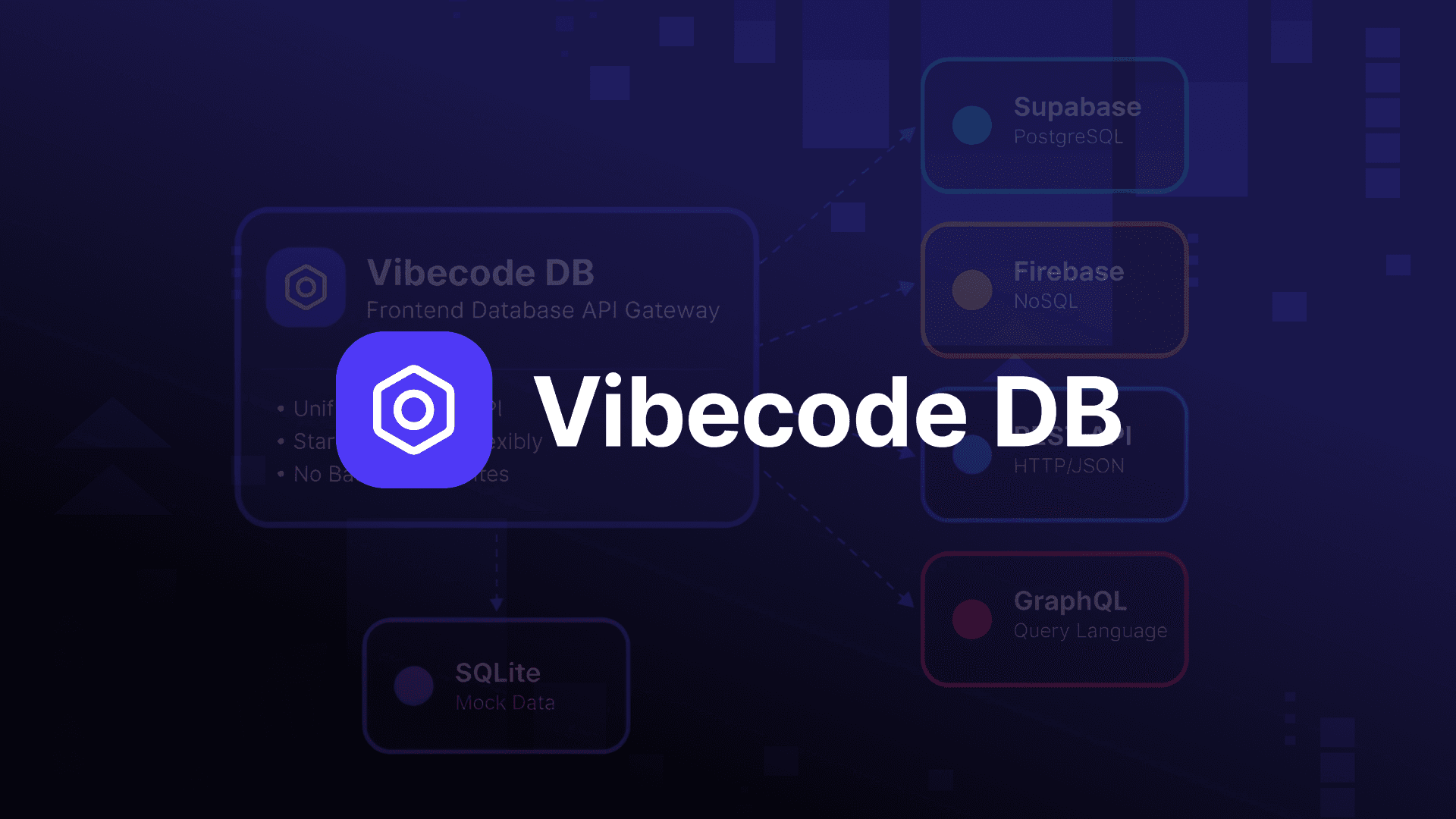Table of Contents
Boost Social Media Engagement with Dynamic OG Images Using Puppeteer
Author

Date

Book a call
Creating dynamic Open Graph (OG) images and tags for your web applications can significantly enhance social sharing and user engagement. This tutorial will guide you through setting up an Express server that dynamically generates user-specific OG images using Puppeteer. We’ll use a custom HTML template, generate screenshots, and use these for social media previews.
What is an Open Graph (OG)?
Open Graph (OG) is a protocol that transforms web pages into rich, engaging content when shared on social media platforms. For example, when a link is shared on Facebook, OG tags dictate how it appears, including its title, description, and associated image. By tailoring these tags, you can make your shared links more appealing and interactive.
Prerequisites
- Node.js installed
- Puppeteer for Node.js
Step 1: Setting Up the Express Server
First, let’s create a new Express server.
Create a file named server.js and set up a basic Express server:
Step 2: Creating the Route Handler
Next, create a route that will handle the generation of the OG image. This route will generate an HTML template with dynamic data and use Puppeteer to take screenshots. In a real application, you might fetch user data from a database like SQL, Firebase, or MongoDB. For simplicity, we’ll hardcode the user data in this example.
Step 3: Generating HTML Template
Now, let’s create a function to generate an HTML template with dynamic user data. This template will be used to create the OG image.
Step 4: Capturing the OG Image with Puppeteer
We need a function to generate an OG image using Puppeteer. This function will render the HTML template and take a screenshot, saving it locally.
Step 5: Setting Up the Server Listener
Finally, we set up the server to listen on the specified port.
Usage
To use this setup, make a GET request to the /generate-og/:userId route, replacing :userId with the actual user ID you want to generate an OG image for. The server will generate a dynamic HTML template, capture an image with Puppeteer, and return an HTML response with the appropriate OG tags.
For example:
GET <http://localhost:3000/generate-og/12345>
This will generate an OG image for the user with ID 12345, save it locally, and return an HTML page with the OG tags ready for sharing.
Notes
- Dynamic Data: While this example hardcodes user data, in a real-world application, you would fetch this data from a database such as SQL, Firebase, or MongoDB.
- OG Tags: Open Graph tags are essential for ensuring your content is displayed correctly when shared on social media platforms.
Conclusion
By following these steps, you can dynamically generate OG images and tags tailored to individual users, enhancing the sharing experience and boosting engagement on social media platforms. This setup leverages the power of Puppeteer to create a seamless and efficient user experience.
Dive deep into our research and insights. In our articles and blogs, we explore topics on design, how it relates to development, and impact of various trends to businesses.


